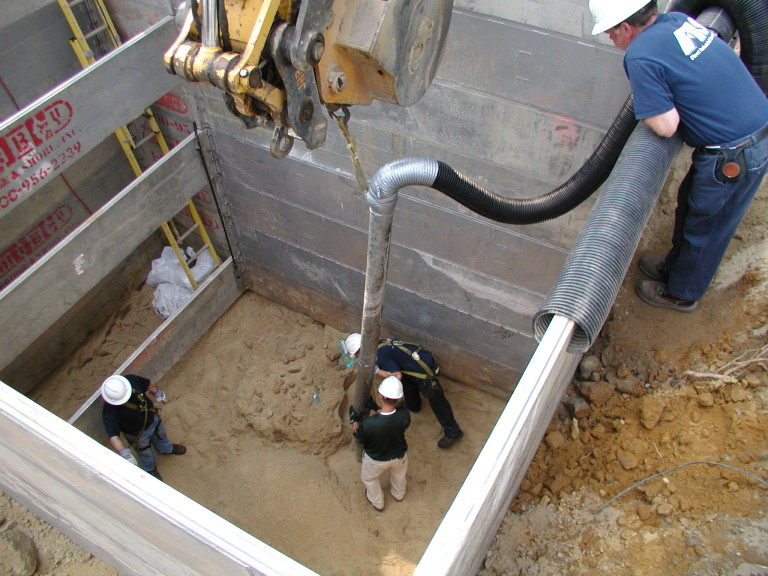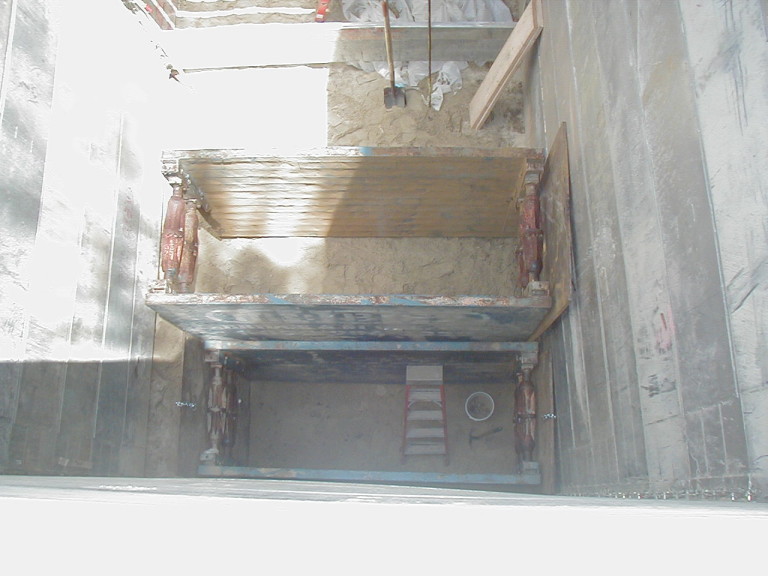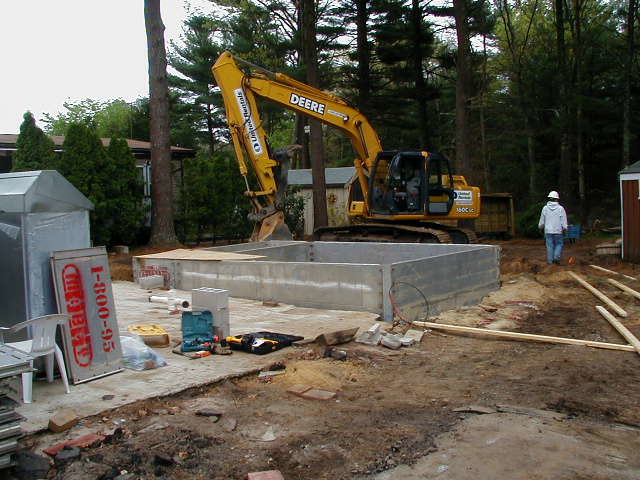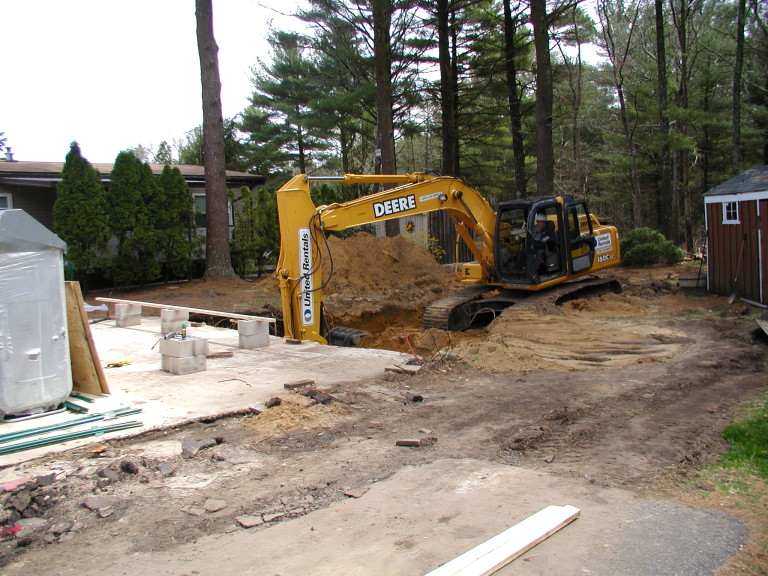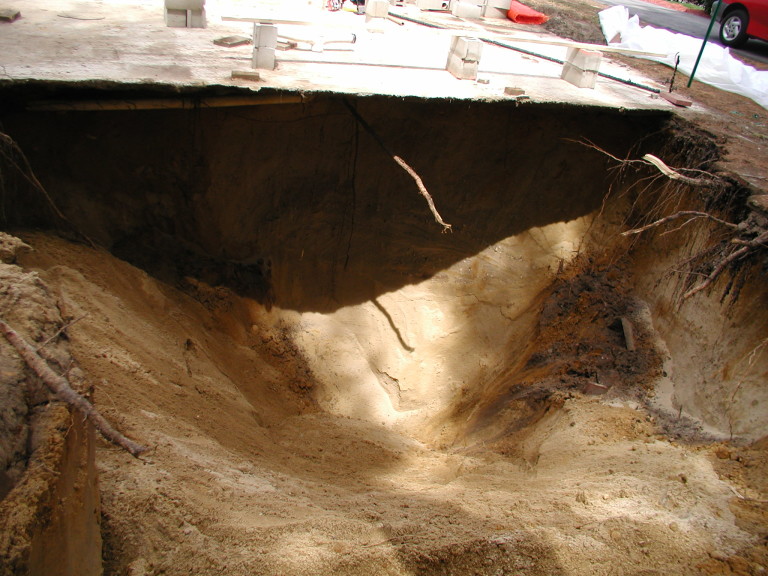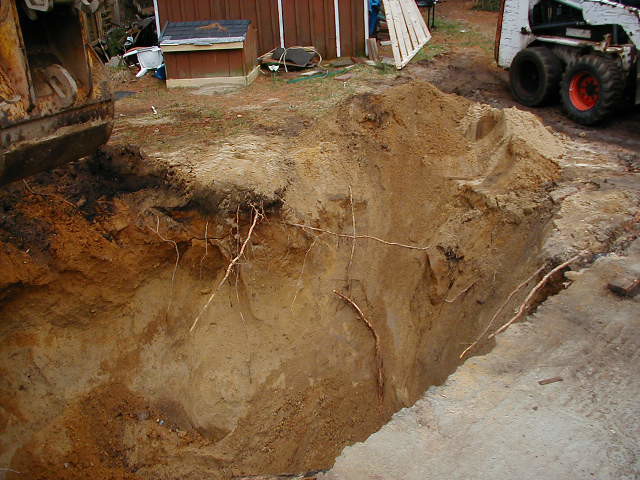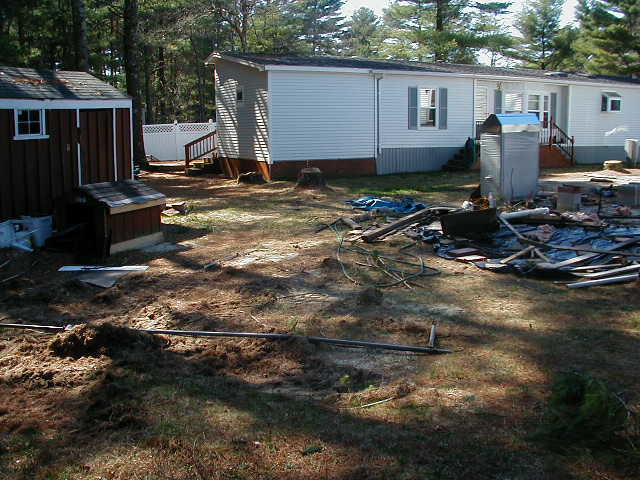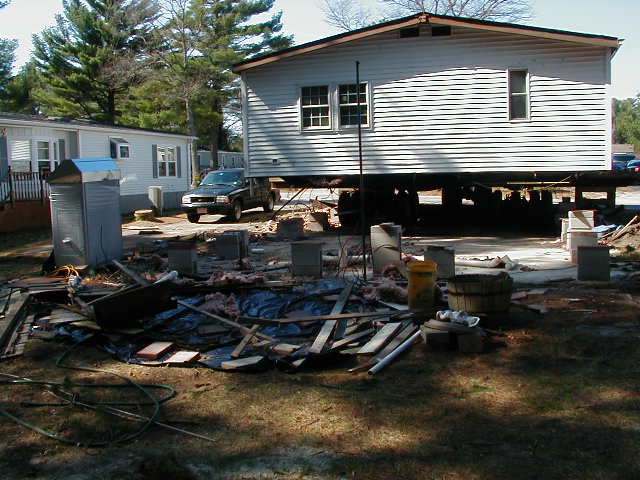REI was called to a residential kerosene release due to improper tank configurations and plumbing connections. Deliveries were made to the 330-gallon underground storage tank on an automatic basis. Due to the improper plumbing it was estimated that as much as 200-gallons could have been released to the subsurface soils. The heating system utilized a two line system (feed/return). When the system was installed the return line was not properly plumbed and over the course of time the line became damaged. This allowed kerosene returning to the tank to leak.
REI was requested to perform a subsurface soil assessment of the site to delineate the extent of the kerosene impact. Hand augers were used by REI and soil samples were collected from various depths and screened with a PID meter. The kerosene impact was detected to approximately ten feet below grade, the extent of hand auguring capabilities. It was anticipated that impact could extend to a depth of 20 feet below grade.
Due to sandy soil conditions the area of excavation required to be wider than normal. Since excavation of the impacted soil would require undermining the home a structural subcontractor was mobilized to the site.
Impacted soils were excavated, confirmatory sampling was completed and the excavation was properly backfilled. The affected area was restored to pre-spill conditions. The response actions, follow up assessment and ecological risk characterization were all managed by REI’s Massachusetts Licensed Site Professional.


